Dietrich II of Isenberg-Limburg died 22.3.1328. In deeds and charters known as Dietrich (II) of Limburg-Stirum. He was a German aristocrat, lord of Stirum and the son of Johann of Isenberg-Limburg who died in 1277. He should not be confused with Diederik II count of Limburg Hohenlimburg or Dietrich III count of Limburg Hohenlimburg and lord of Broich (±1328-18.05.1401) who actually ruled the county Limburg (Lenne).
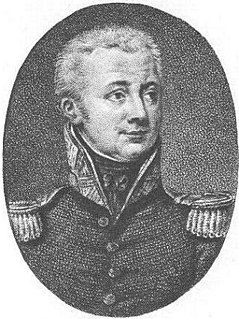
Leopold Count van Limburg Stirum was a politician who was part of the Dutch triumvirate that took power in 1813 in order to re-establish the monarchy in the Netherlands.
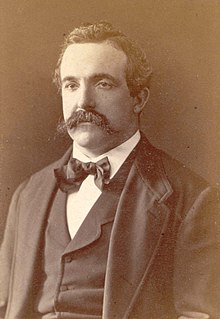
Friedrich Wilhelm Graf zu Limburg-Stirum was a German diplomat and politician who served as acting Foreign Secretary and head of the Foreign Office from September 1880 to 25 June 1881. Having until then served as Deputy Secretary of State in the Foreign Office, he was appointed as Foreign Secretary after Chlodwig, Prince of Hohenlohe-Schillingsfürst resigned from this position. He was subsequently succeeded by Clemens Busch as acting Secretary.
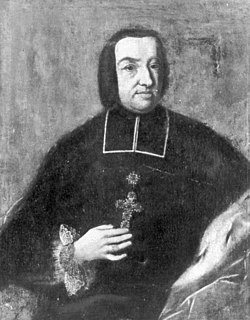
August Philipp Karl of Limburg Stirum (1721–1797), count of Limburg Stirum and Bronckhorst, was the son of Otto Leopold Count von Limburg Styrum und Bronckhorst, Lord of Gemen and Raesfeld (1688–1754) and Anna Elisabeth countess of Schönborn (1686–1757).
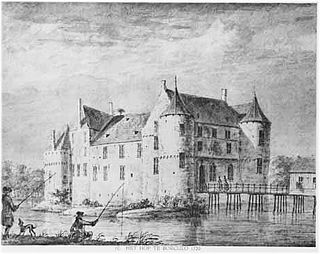
Jobst of Limburg was count of Limburg and Bronckhorst, Lord of Styrum, Wisch and Borculo (1616), and the son of Hermann Georg of Limburg, count of Limburg and Bronckhorst.
Georg Ernst of Limburg Stirum, count of Limburg Stirum, count of Bronckhorst, Lord of Wisch, Lichtenvoorde and Wildenborch, son of Jobst of Limburg.

Hermann Otto I of Limburg-Styrum, count of Limburg and Bronckhorst, lord of Styrum, Gemen, Wisch and Borculo, and from 1640 to 1644 advocate of the imperial abbey of Vreden, was born in 1592, and died on 17 October 1644. He was the eldest son of Jobst of Limburg Stirum.
Friedrich Wilhelm of Limburg-Styrum, count of Limburg and Bronckhorst was the son of Otto of Limburg-Styrum.
Moritz of Limburg Stirum (1633–1664) was the reigning Count of Limburg-Styrum-Styrum.
Christian Otto von Limburg Stirum, count of Limburg Bronkhorst and Stirum (1694–1749), was a member of the House of Limburg-Stirum and the third reigning monarch from the branch of Limburg-Styrum-Styrum.
Gemen was an immediate, sovereign lordship of the Holy Roman Empire, in the Lower Rhine region. Since Gemen had a vote in the Imperial Diet it was also an Imperial Estate. It was centered on Gemen, a small town and castle in the present municipality of Borken, western North Rhine-Westphalia.

Field Marshal Hermann Otto II of Limburg Stirum, count of Limburg Stirum and Bronckhorst, sovereign lord zu Gemen, was the son of Adolf Ernst of Limburg Stirum and an imperial Field Marshal.
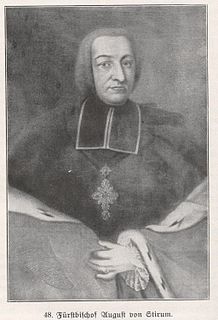
Otto Leopold of Limburg Stirum, count of Limburg Styrum and Bronckhorst, sovereign lord zu Gemen and Raesfeld, was born in 1688 the son of Hermann Otto II of Limburg Stirum.
Friedrich Karl of Limburg Stirum, count of Limburg Styrum and Bronckhorst, sovereign lord of Gemen, son of Otto Leopold of Limburg Stirum, was born in 1710.
Maximilian Wilhelm of Limburg Stirum (1653–1728), count of Limburg Styrum, sovereign lord of Illereichen and Simontornya. He was the third son of Adolf Ernst of Limburg Stirum, sovereign lord zu Gemen.

The house of Limburg Stirum, which adopted its name in the 12th century from the immediate county of Limburg an der Lenne in what is now Germany, is one of the oldest families in Europe. It is the eldest and only surviving branch of the House of Berg, which was among the most powerful dynasties in the region of the lower Rhine during the Middle Ages. Some historians link them to an even older dynasty, the Ezzonen, going back to the 9th century.
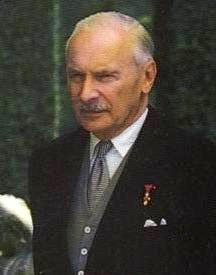
Count Charles Gaëtan Corneille Marie François-Xavier Ghislain de Limburg Stirum, a Count of the Holy Roman Empire and Knight of the Golden Fleece, was a member of the House of Limburg-Stirum. During his life he was a Belgian Senator and Grand Master of the Royal Households of King Leopold III.

Johan Paul, Count of Limburg-Stirum was a Dutch diplomat, member of the House of Limburg-Stirum, Governor-General of the Dutch East Indies (1916–1921), Dutch emissary in Berlin (1925–1936) and London (1936–1939).

The Driemanschap (Triumvirate) of 1813 was formed after Charles-François Lebrun and the French troops suddenly left the area of the Netherlands. It consisted of Frans Adam van der Duyn van Maasdam, Leopold of Limburg Stirum and Gijsbert Karel van Hogendorp. The three statesmen invited the almost forgotten Prince William VI of Orange, the later King William I, to The Hague to prevent anarchy or a possible annexation of the Netherlands by Prussia or England. He was proclaimed the Sovereign Prince of the new Principality of the United Netherlands.
Leopold Johann Otto Wilhelm of Limburg Stirum, was count of Limburg Styrum from the branch Limburg-Styrum-Iller-Aichheim.









